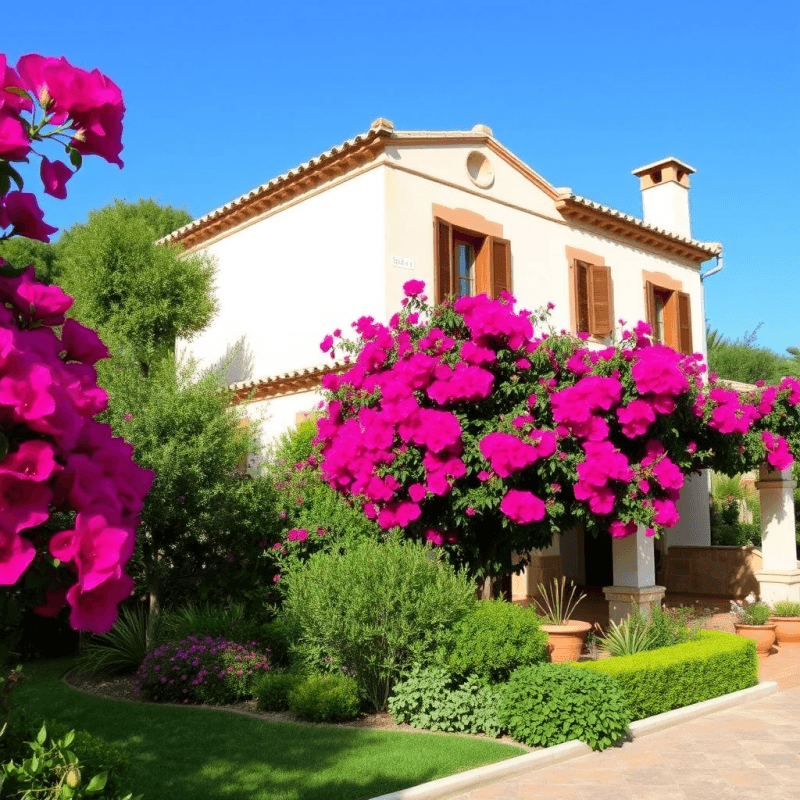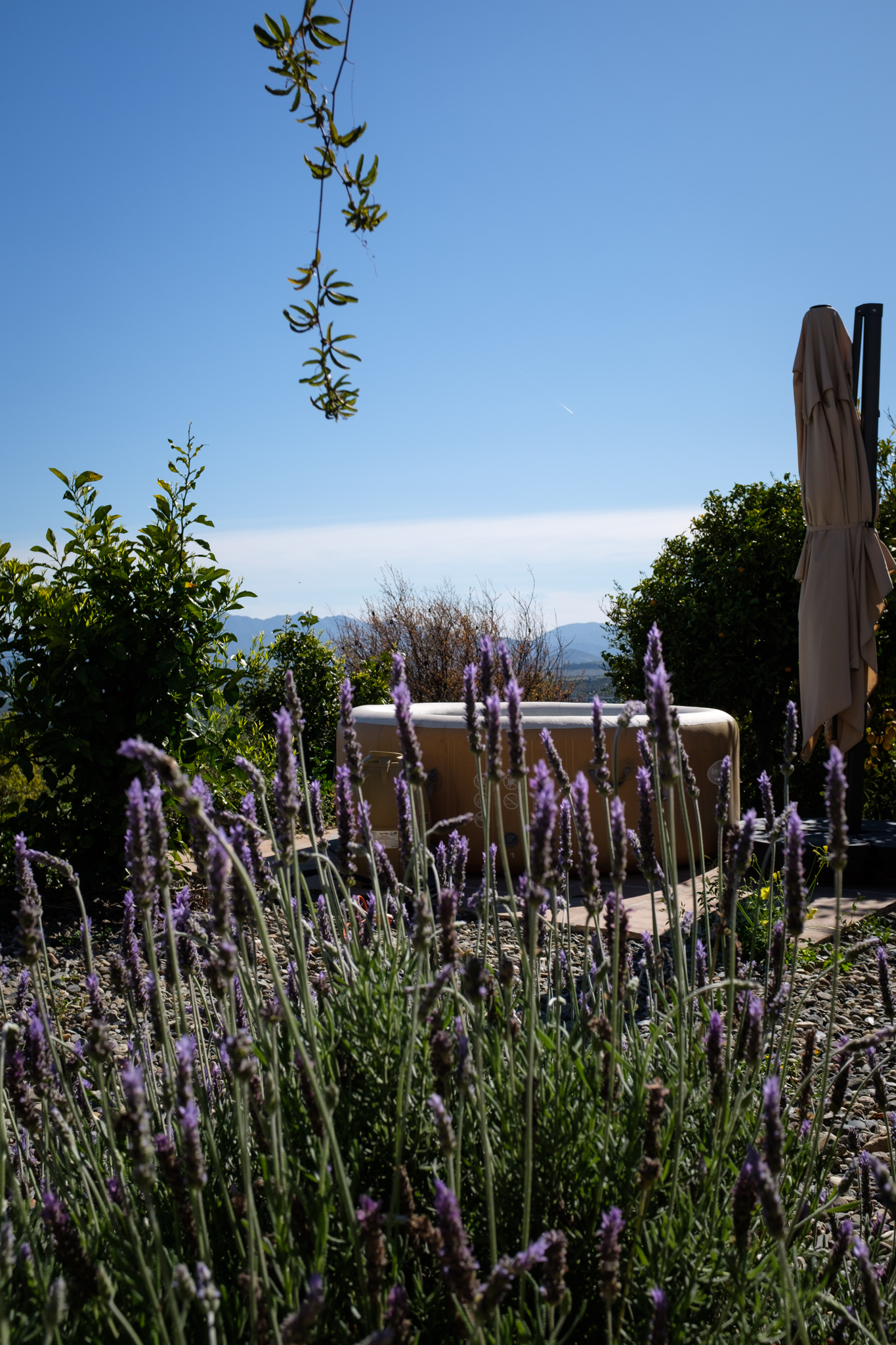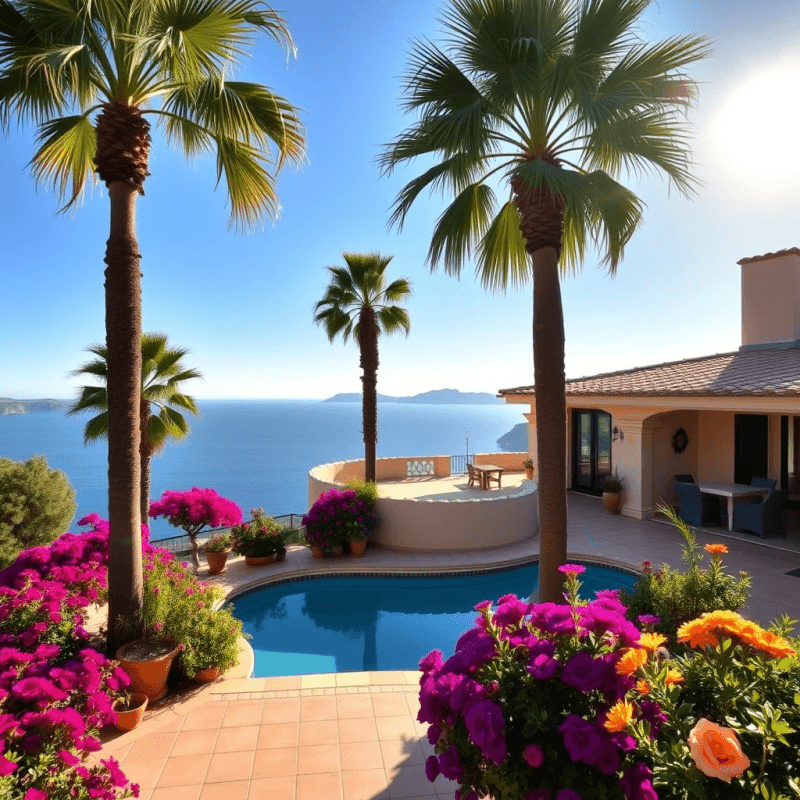You’ve found the property you want to invest in. Great! Now, here comes the science!
In fact the process of buying in Spain can be relatively simple in comparison to other countries. There are two main ways in which it is done basically – with or without a mortgage.
Without a mortgage
In this instance it is effectively a case of agreeing a purchase price with the vendor which starts verbally. Once this is confirmed you pick your legal representative which Casasbonela can help you with.
From here it is standard practice to have a reservation agreement drawn up and transfer a reservation amount which can either go to the seller or your legal representative. At this stage your legal representative will check that the person selling the property you are buying is the name of the person on the deeds. In Spain this amount is typically a non refundable sum of money meaning that if for any reason the buyer does not go ahead with the purchase of the property, this money is then not returned to them and becomes an amount that the seller would retain unless any clauses of the contract are not honoured by the selling parties. The reservation amount is typically 5.000 euros. In some instances people bypass this stage and go to the deposit stage.
Once the reservation contract is complete the process moves to the deposit contract stage, here the buyer transfers 10% of the purchase price normally. Typically at this stage the sale tends to go through with no further issues but on occasion things like queries with the paperwork behind the sale may become apparent and in these cases the buyer may potentially decide against the purchase.
In instances where the buyer decides against the purchase after putting down their reservation and deposit amount due to deeds and/or other paperwork behind the sale of the property not being in the legal order that they should be the reservation and deposit amount normally should be returnable when the buyer is not to blame for this and it is an issue that was not made clear at point of agreement of sale. Conversely if for any reason once the sale has been agreed and reservation and deposit amounts transferred, the seller decides not to complete on the sale they would be required to pay the buyer back double the amount of the deposit paid by the buyer.
It’s unusual for this to happen but not unheard of. In most cases you sign your deposit contract and then an appointment is made at the local notary for you and the seller and a translator if necessary to attend alongside the legal representatives. At this meeting you will either bring with you a cheque for the full remaining amount of the purchase price, or proof of transfer of the funds. It is important to make sure that the proof you bring is submissible and we can help you with that at Casasbonela.
Prior to signing on the day your legal representative will have checked that there are no charges on the property and this will involve requesting a document from the local town hall which confirms it does not have any debt.
The seller should bring with them to the meeting, or provide them beforehand, a copy of the water bill and the most recent electric bill. These are important as immediately on completing they will need to be changed into your name. The seller will also share a copy of the IBI bill (the Spanish version of the council tax). Typically the legal representative of the buyer then takes care of changing the names of all bills with the local council but it is always a good idea to make sure that this does take place.
The sellers’ legal representative will present the Notary with the sales contract which will have been previously checked over by both legal representatives and the Notary will read through this. They check everything is correct and then if they are satisfied then sign and ask both parties to. At this stage the cheque is handed across and the keys are too. You will now be the owner of your new property!
Several things now take place after this. The notary will notify the relevant authorities of the change of ownership and this will be processed to reflect the buyers details. As a seller there will then be a taxable amount that will need to be paid on the sale of the property. This stage can typically take months to complete.
With a Mortgage
Typically most parts of the process are the same as the above except that the mortgage company will want to ensure that the property you want to buy is a good option to lend money against. They usually send a valuer out to ensure that the property is worth what you are offering to pay for it. This is a fairly simple process, tends to take about an hour or so and is usually worked out by the square metre. It is not like the UK and valuers don’t tend to add value to a property for the standard of the finish. They tend to look at sold prices in the area and then measure the exact size of each room and perform a calculation based on that. They will not normally tell you the results of this visit. They tend to communicate that directly to the mortgage lender. Provided that you have met the affordability test and the property satisfies the requirements of the lender the final parts of the process above will take place. It is not unusual for a representative of the mortgage to attend the Notary meeting also. They will present the cheque for the remaining sales amount to the seller.
At Casasbonela we can guide you through each stage of this process and have trusted colleagues who specialise in finance options whether it is buying or dealing with proceeds of a sale. Contact us now to discuss your needs.
This is a blog. It does not represent legal advice.


